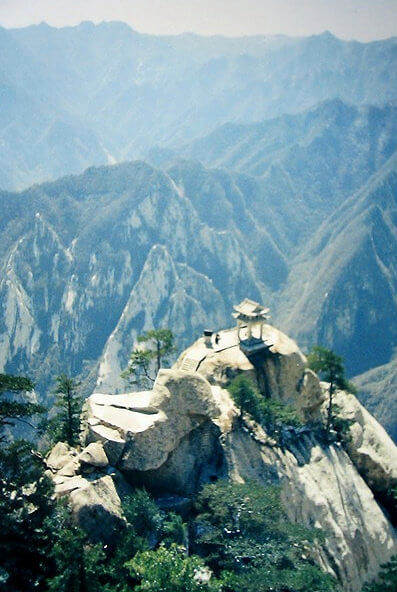Houses That Would Require Nerves of Steel to Live in
The Hanging Houses of Cuenca in Spain
This picture shows one of the fascinating homes in Cuenca, Spain. People have been living in this city, which is more than 3,000 feet above the ground, for a long time! But if you’re planning to visit, tread carefully. According to the internet, the last time these hanging houses were repaired was back in the 1920s. So, can we really trust that those wooden platforms are still strong? We definitely wouldn’t want to be the ones to test it out!
There are only three of these hanging houses left, which makes them pretty special. But we’d also advise against staying in one if you happen to be a sleepwalker—those decks have a pretty steep drop! Just imagining waking up and finding yourself that close to the edge is enough to give anyone the jitters! Would you be brave enough to spend the night in one of these unique homes, or would you prefer a more solid option?
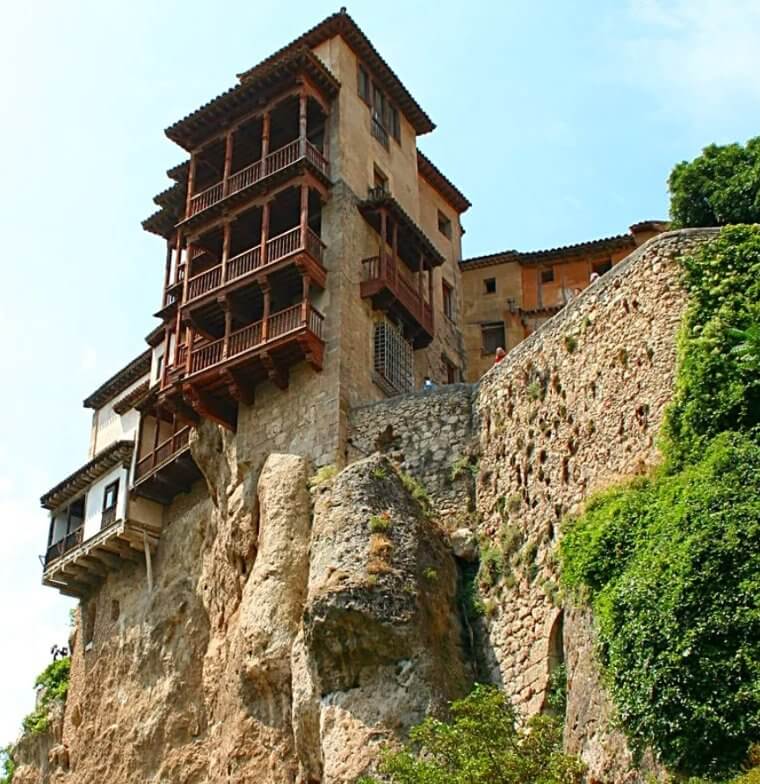
The Island of Fire in Italy
While the homes on Stromboli Island are safe and sturdy, the island itself is a different story! Known as “The Island of Fire,” it’s not exactly the safest place to live. With a population of around 300 people, Stromboli is home to an active volcano. For instance, a major eruption and subsequent wave hit the island in 1930, and since then, the volcano has started erupting almost daily!
In a recent video about the island, the locals shared that they can often feel the volcano’s rumblings. They affectionately refer to it as “iddu,” which means “he” in Sicilian. It’s kind of adorable, but at the same time, it’s a little scary to think about living so close to an active volcano! Would you be brave enough to call this island home, or would the volcanic activity make you think twice?

Suurhusen Church in Germany
You might notice that this church tower looks a bit off! The Suurhusen Church in northwest Germany dates back to 1450, which makes its survival all these years pretty remarkable. In fact, the Guinness Book of World Records featured the Suurhusen Tower in 2007 for holding the record as the most unintentionally tilted tower in the world!
So, what caused this tilt? Experts believe it’s because the tower was built on wet land surrounded by oak tree roots. Over time, as the ground dried out, the wood rotted, leading to the tower’s unfortunate lean. It’s fascinating (and a little concerning) to think about how the environment can impact such a historic structure! Would you want to visit this quirky tower, or does its tilt make you a bit uneasy?
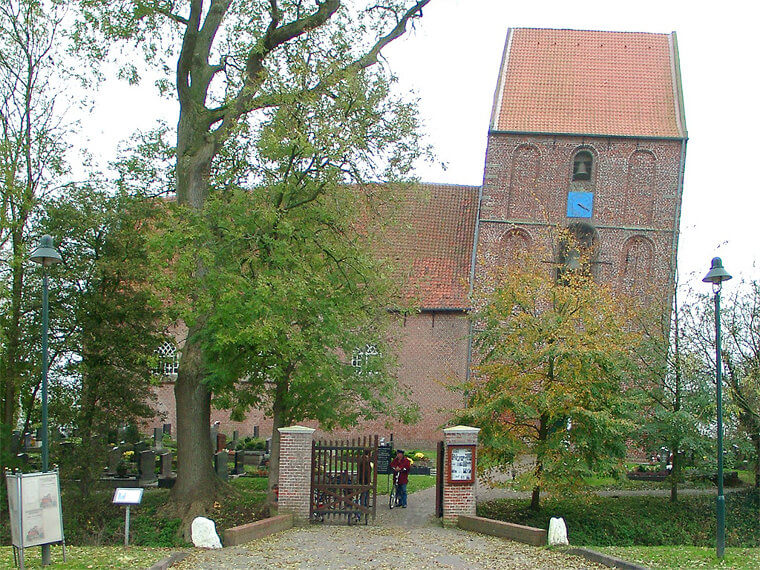
Refuge Jean-Antoine Carrel in Mount Matterhorn
Once again, this house is definitely not for anyone who’s afraid of heights! The building in this photo is an impressive 12,467 feet high, located to the southwest of Mount Matterhorn. With 50 beds, it was originally established in 1969 as a refuge for mountain climbers. Just looking at it, you can see how exposed the land is to the elements, and in some areas, the building has taken quite a beating over the years.
You really have to be brave to stay here in the first place! Mount Matterhorn is considered one of the sixth most dangerous mountains in the world, which adds another layer of risk to visiting this refuge. So, it’s safe to say that only the most adventurous souls should attempt to reach this haven! That definitely isn’t us! Would you ever think about tackling a place like this, or is it a hard pass for you?

Elliðaey, Westman Archipelago in Iceland
Elliaey is a small island off the coast of Iceland, and this house is one of the very few on the island. It’s owned by the Elliaey Hunting Association and is said to be a temporary hunting camp. Honestly, living in such a remote place doesn’t sound like the best idea for our well-being!
On top of that, there’s quite a bit of volcanic activity nearby, which is a little concerning. Just to put things into perspective, there was a volcanic eruption in 1973—not that long ago! With all that in mind, we can definitely think of many better camping spots that come with a little less risk. How about you? Would you brave a stay on Elliaey, or would you prefer somewhere a bit more settled?
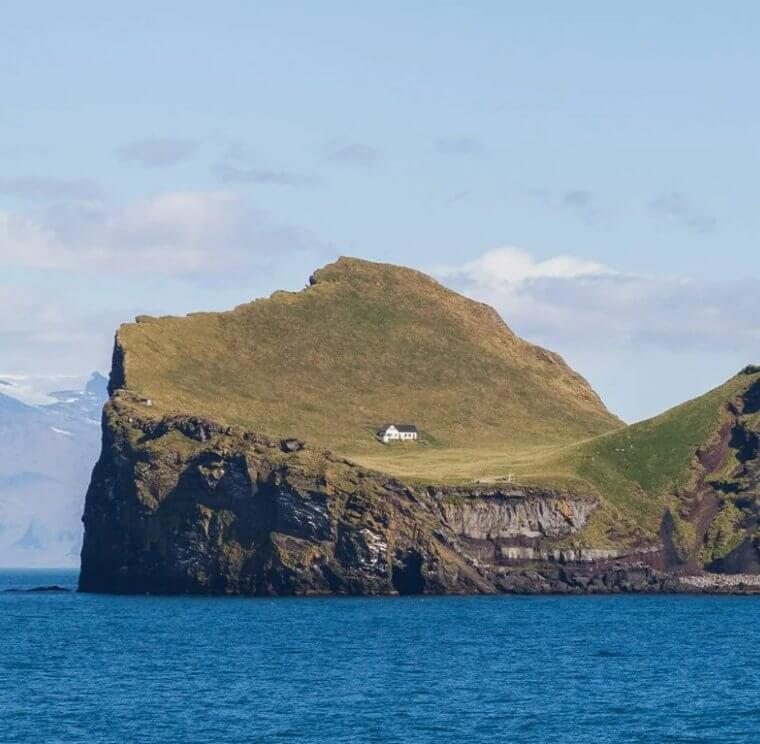
Fallingwater House, Pennsylvania in the USA
At first glance, this place looks absolutely perfect, right? This is Fallingwater House in Pennsylvania, USA, and it might seem like it belongs on an AirBnB list of dream homes. But the reality is that this stunning building, designed by Frank Lloyd Wright, faced some serious engineering challenges. Even though experts warned him that the structure’s integrity would be at risk, he pressed on with the design.
Fast forward a few decades, and the Western Pennsylvania Conservancy, which owns the property, had to step in to fix some major structural issues. It was really sad to see the building’s beams breaking. Thankfully, people rallied together and raised enough money to repair Fallingwater House, allowing it to stand strong today. So, while it had its challenges, it’s probably one of the safest homes on this list now! Would you want to stay in a place with such an interesting history, or would you still be a bit worried about its past?
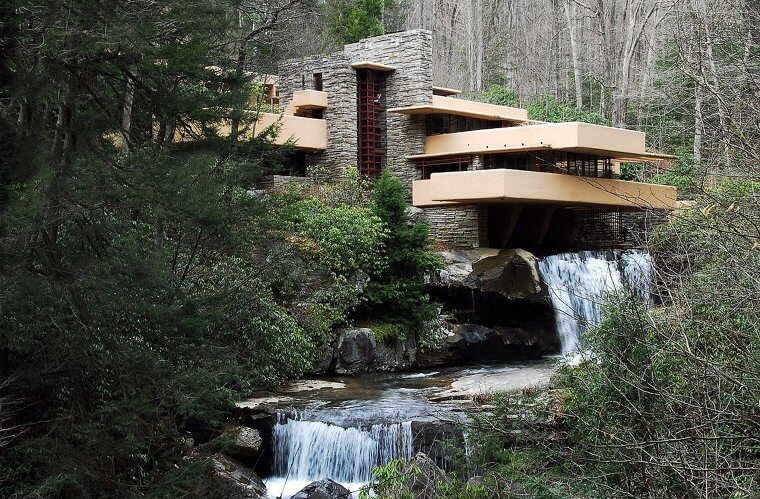
Homes in the Maldives Islands in the Indian Ocean
At first glance, this picture looks like something straight out of a travel magazine, doesn’t it? But if you take a closer look, you’ll see why these homes are built so high above the water. The people of the Maldives are really worried about the melting ice caps due to global warming. For those who might not know, the Republic of the Maldives is actually the flattest country in the world, making it extremely vulnerable to rising sea levels. Experts predict that most of the Maldives could be underwater in less than 100 years!
The situation has become so serious that some folks have started thinking about leaving the islands. But instead of packing up and moving, the people of the Maldives have begun constructing larger homes to try and protect themselves from the inevitable damage. That’s a pretty intense response, right? It’s both fascinating and scary to think about how climate change is impacting their lives. Would you feel safe living there, or would you find it too concerning?
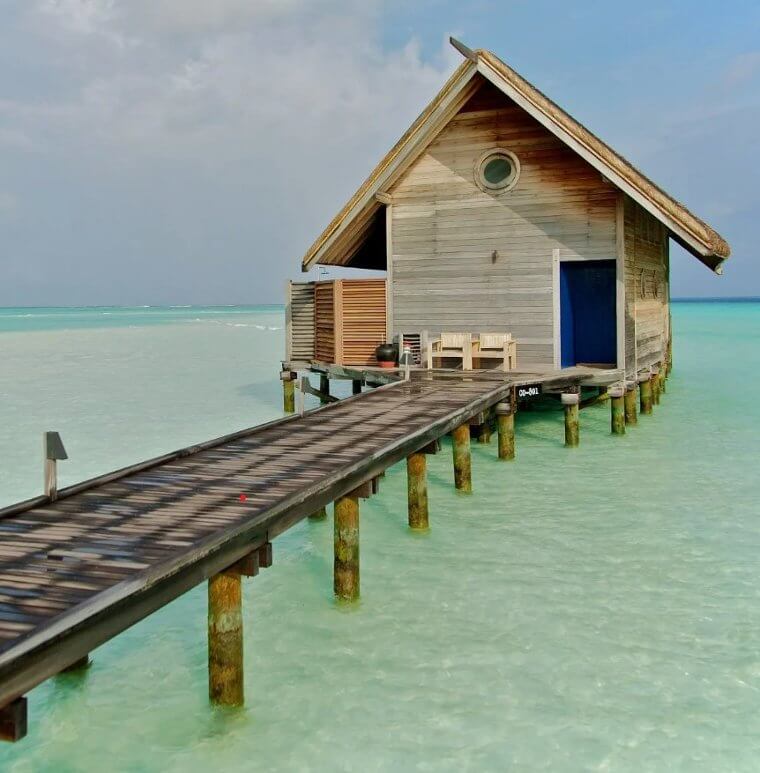
Shores of Lake Kivu in Central Africa
Lake Kivu, which sits between Rwanda and the Democratic Republic of the Congo, is stunning to look at, but don’t let its beauty fool you—it’s actually a pretty dangerous place to live. The water in the lake contains volcanic gases like carbon dioxide and methane, which can build up and suddenly explode into the air. When these gases reach high levels, they can be deadly! In fact, locals have even given these dangerous gas storms the name “mazuku,” which means “evil wind” in Swahili.
These gas clouds are especially hazardous because they can suffocate both people and animals. So, if you’re thinking about enjoying a lovely view of the lake, you might want to reconsider! Living near Lake Kivu could come with some serious risks. What do you think—would you take the chance for the view, or would you prefer to play it safe?
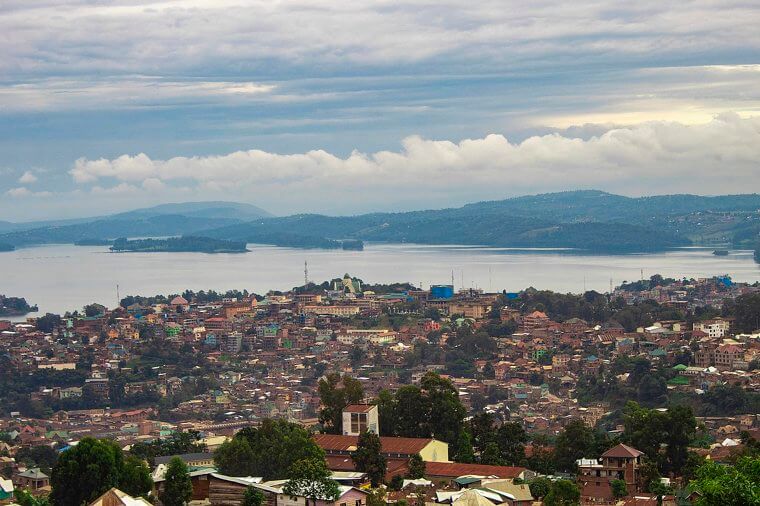
Chess Pavilion, Mount Hua in China
This incredible chess pavilion is perched on Mount Hua in China, one of the most famous mountains in the country. While some people do live on this mountain, climbing it is no small feat—it’s quite dangerous! Climbing Mount Hua is more like rock climbing, as you really have to cling onto footholds and chains to make your way up. Just to give you an idea of how risky it is, about 100 people lose their lives each year while attempting to climb it. That’s pretty alarming!
One of the most nerve-wracking parts of the climb is the plank walk. Here, climbers navigate a few wooden planks that are bolted into a peak that rises 7,000 feet! Even with safety straps, it’s still an intimidating experience. Just thinking about walking on those narrow planks high above the ground makes our palms sweat! Would you dare to take on that challenge, or would you prefer to admire the view from a safer distance?
